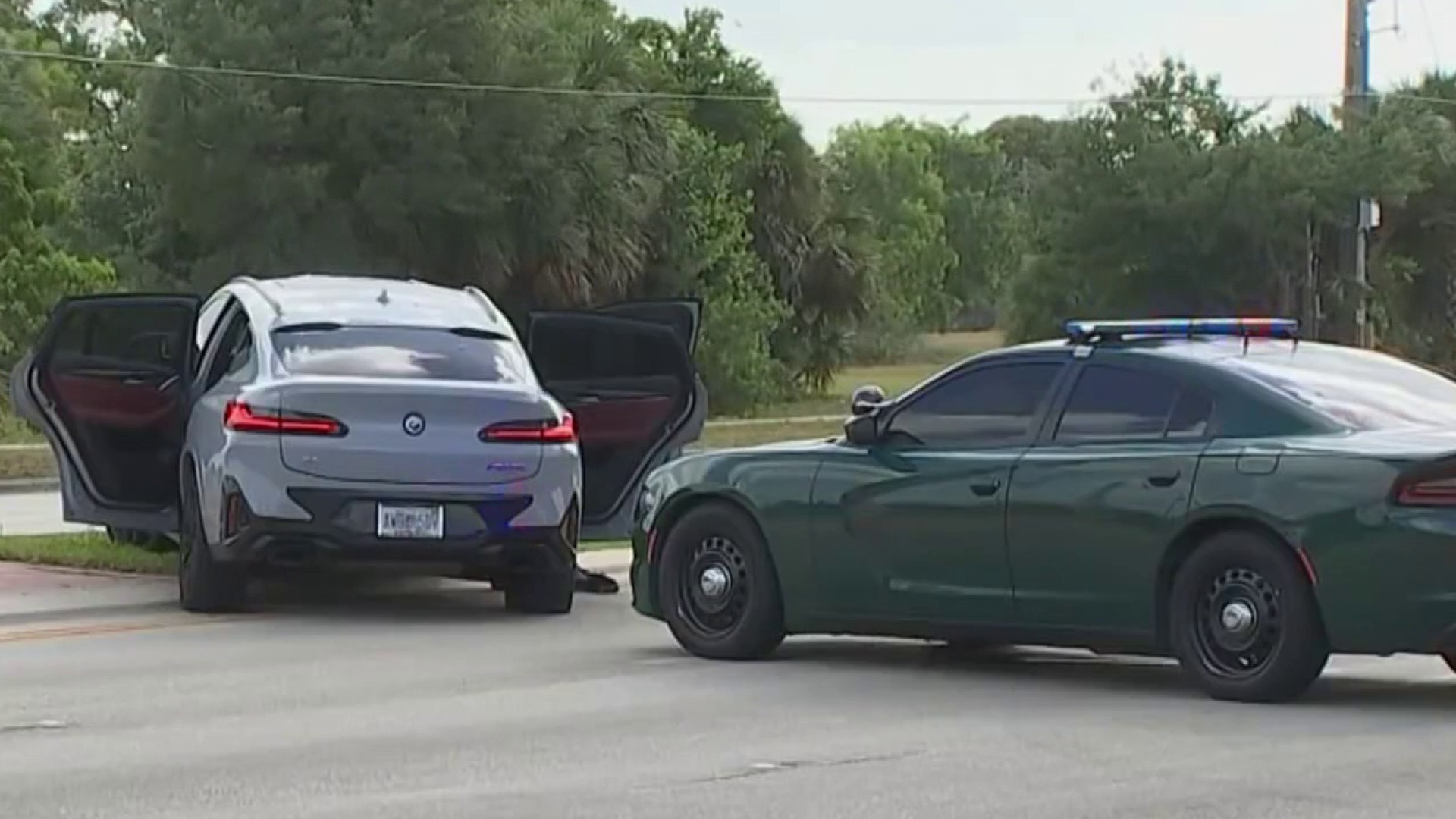More than a dozen partner agencies spent several hours Sunday morning participating in a training exercise at the University of Miami Health System medical campus, which shut down roads in the area into the early afternoon.
Organizers said that the crisis simulation took more than a year of planning. The scenario involved a hypothetical plane crash onto a helipad at the campus, also impacting the Metrorail and a bus carrying exercise participants staged as foreign nationals.
"We are directly in the flight path of Miami International Airport. We do see about 200 flights of air rescue helicopters every year in and out of this campus. So, we identified this as a risk, as a hazard," University of Miami Health System & Miller School of Medicine Emergency Management Director Vincent Torres said. "In accordance with our policy, we want to plan ahead for disasters, and that's what we're doing today."
Torres said that first responders participating in the crisis simulation were provided limited details on what to expect in order to test their emergency response skills. The effort involved coordinated responses from the City of Miami and Miami-Dade County fire-rescue and police departments and emergency management, Miami-Dade County transit, American Red Cross, the Consulate General of France in Miami, and the FBI.
Get South Florida local news, weather forecasts and entertainment stories to your inbox. Sign up for NBC South Florida newsletters.
"We've conducted multiple tabletop exercises with our community partners, with our hospitals, and we're going to be testing not only first responders in a crash scenario -- and you're going to see technical rescue, you're going to see triage treatment and transport. You're also going to see the necessity of transporting and evacuating a hospital," Torres said. "They're going to actually work through -- our operating room staff and our cancer center personnel -- are going to work through evacuating the cancer center and relocating patients to our primary acute care hospital. You're also going to see a surging of patients to our emergency department from the crash scene."
Giving a sense of the scope of the crisis simulation, several roads were closed throughout the morning and into the early afternoon, including NW 12th Avenue from NW 12th Street to NW 16th Street, NW 14th Street between NW 13th Court and NW 11th Avenue, among others. Access to Jackson Memorial Hospital remained open at all times from NW 10th Avenue.
"We are not a trauma center. But what you will see is, in a real-life mass casualty incident, patients are going to show up where they're going to show up. They're going to see a hospital," Torres said. "It's critically important to make the exercises as real as possible."
Local
Emergency responders in the training exercise could be seen removing staged victims -- both volunteer actors and rescue dummy manikins -- from a crash plane and turned-over bus, and going through the steps of what it would be like to treat and administer medical aid to so many patients at once.
"Every year, we're always drilling on how to be able to serve better, how to be able to response better, and this is one of these drills where we're going to really measure our capabilities with not only just the vehicles, but also, we're looking at the Metrorail trains, then also how it affects day-to-day operations of a hospital area," City of Miami Fire Rescue Captain Ignatius Carroll said. "We have a transition of new people that come in. You have new firefighters, new police officers, new hospital staff, people that come in. Some people have never actually experienced drills of this capacity, so this also gives them an opportunity to basically measure their capabilities, and then also work on those areas."
Organizers said that these exercises will continue into the future, but with varying scenarios to test different skills.
"After this, we now do surveys, we do briefings," Torres said. "We collect all the data points, and we do what's call an after-action report. With the after-action report, we identify areas of improvement, what went well, what could have gone better, and we implement those changes and those improvements."



